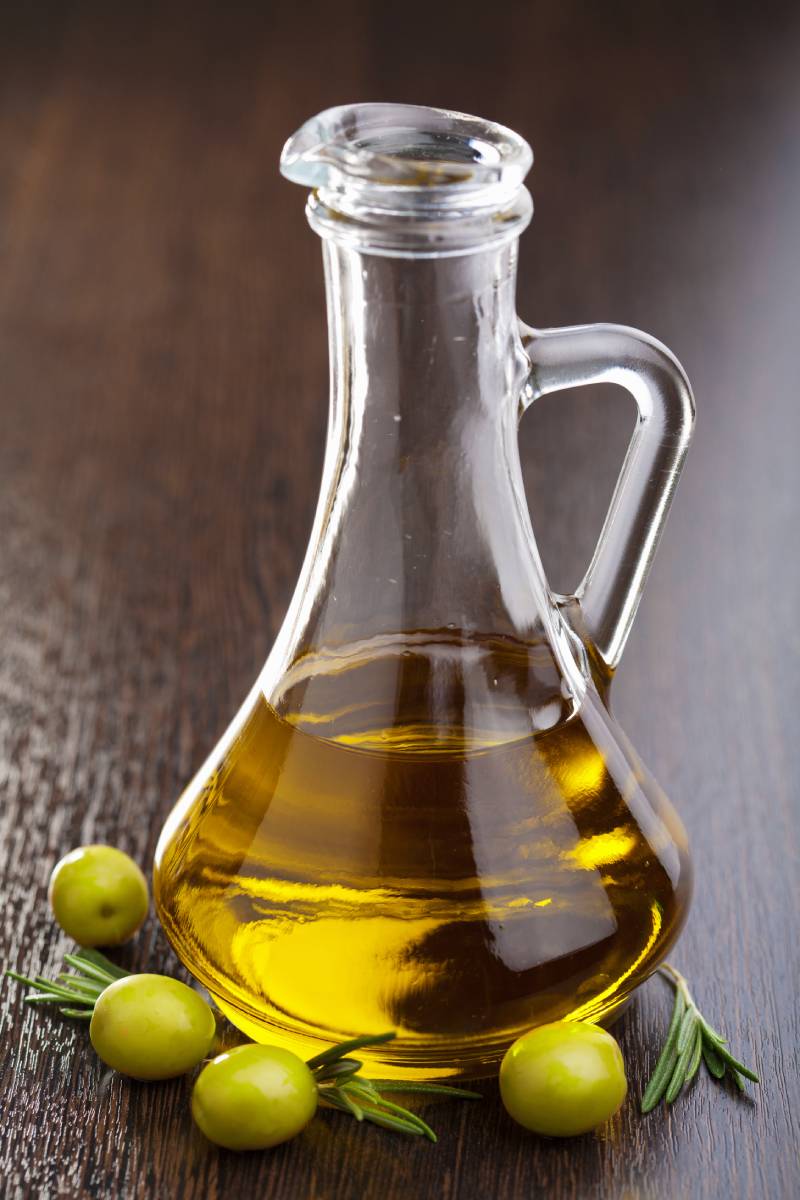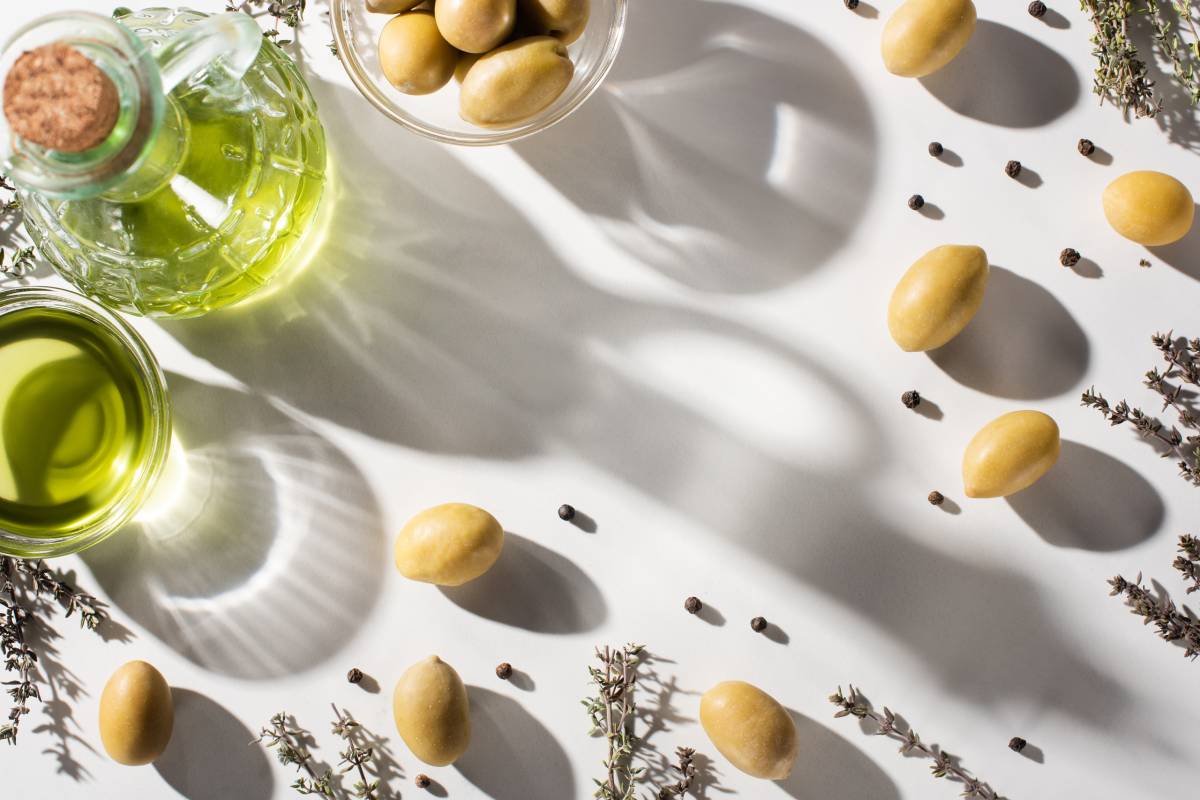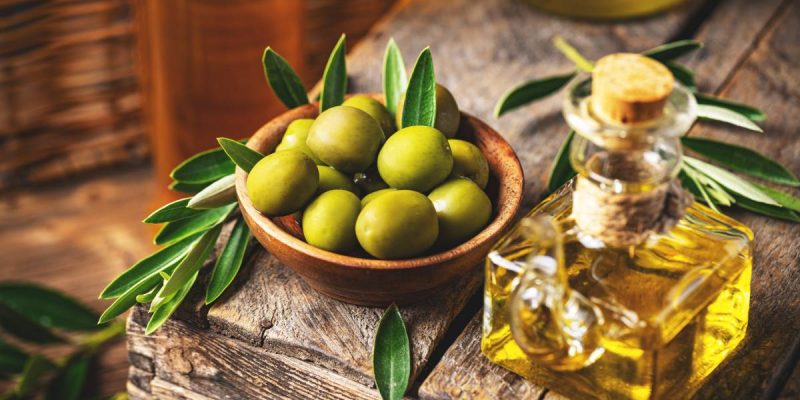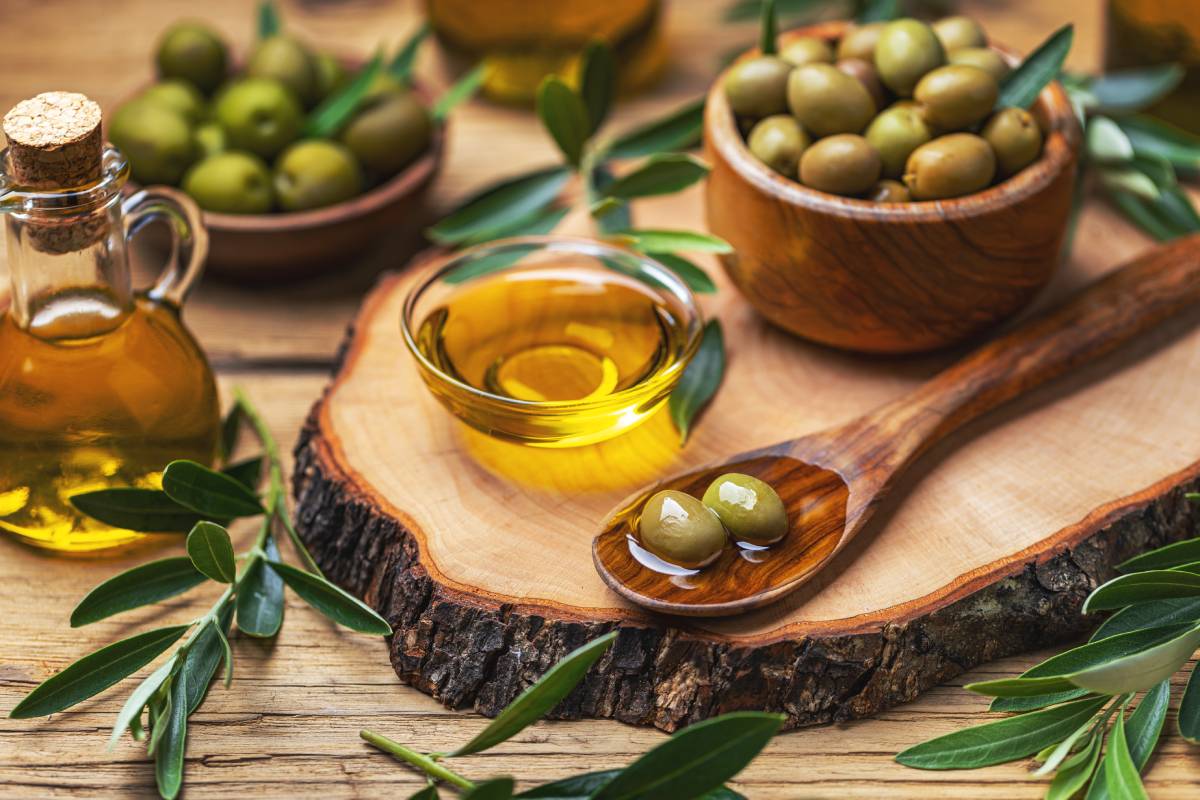Let’s dive into the flavorful world of olive oil! In this exploration, we’ll look at the best olives for making oil in Australia, discover the different types of olive oil, and find out which country produces the tastiest varieties.
Get ready to unravel the delicious details of each topic, making it a fun and informative journey for anyone curious about the culinary wonders of olive oil.
Understanding the different types of olive oil can be like navigating a vast sea of options. Olive oil, often referred to as “liquid gold,” comes in various types, each with its unique characteristics and uses.
Let’s break down the main categories to make it easy to grasp.
Extra Virgin Olive Oil (EVOO)
- Characteristics: This is the highest quality and least processed olive oil. It is extracted by cold pressing olives without using heat or chemicals, preserving the natural flavours and aromas.
- Flavour Profile: Extra virgin olive oil boasts a rich, fruity flavour with a well-balanced combination of bitterness and pungency. It often has distinct notes of herbs, grass, or even a peppery kick.
- Best Uses: EVOO is perfect for drizzling over salads, dipping bread, or adding a finishing touch to cooked dishes. Its delicate flavours shine when used in dishes that don’t involve high heat.
Virgin Olive Oil
- Characteristics: Similar to extra virgin olive oil but with slightly lower quality standards. It is also cold-pressed, maintaining more of the olive’s natural goodness.
- Flavour Profile: Virgin olive oil has a milder taste compared to extra virgin, making it suitable for various culinary applications.
- Best Uses: Use virgin olive oil for sautéing, light frying, or in recipes where a more subtle olive oil flavour is desired.
Pure Olive Oil (Olive Oil)
- Characteristics: This type undergoes some processing, including refining and filtering, often blending virgin olive oil with a lesser-grade oil.
- Flavour Profile: Pure olive oil has a neutral taste and lacks the distinct flavours found in extra virgin and virgin oils.
- Best Uses: It’s a versatile option for cooking at higher temperatures, making it suitable for frying, roasting, or baking without overwhelming the dish with olive oil flavour.
Light Olive Oil
- Characteristics: Contrary to its name, “light” refers to the oil’s mild flavour rather than reduced calorie content. It undergoes extensive processing, including filtering and refining.
- Flavour Profile: Light olive oil has a very mild taste and is often preferred by those who want the benefits of olive oil without a strong flavour.
- Best Uses: Due to its high smoke point, light olive oil is suitable for high-heat cooking methods like grilling and deep-frying.
Extra Light Olive Oil
- Characteristics: Similar to light olive oil, extra light undergoes more processing, resulting in an even milder flavour and colour.
- Flavour Profile: Extra light olive oil has the mildest taste among all olive oil types.
- Best Uses: Commonly used in baking or cooking methods where a minimal olive oil flavour is desired.
Which country olive oil is best?
Selecting the best olive oil often involves a journey across various countries renowned for their olive oil production. Each country brings its unique flavours, traditions, and olive varieties to the table.
Here, we’ll explore some of the top contenders, making it easy for you to understand the distinctive qualities that make each country’s olive oil special.
1. Italy:
- Flavour Profile: Italian olive oils are celebrated for their diverse and robust flavours. From the fruity and grassy notes of oils from Tuscany to the more peppery and intense oils from southern regions like Puglia, Italy offers a wide range of options.
- Best Uses: Italian olive oils are ideal for drizzling over salads, pasta, and bread. Their rich flavours can elevate simple dishes to culinary masterpieces.
2. Spain:
- Flavour Profile: Spain is the world’s largest producer of olive oil, and its oils are known for their bold and fruity characteristics. Spanish olive oils often have a balanced profile with a hint of spiciness and nuttiness.
- Best Uses: Spanish olive oils are versatile and suitable for both cooking and finishing dishes. They can withstand higher temperatures, making them great for sautéing and frying.
3. Greece:
- Flavour Profile: Greek olive oils are praised for their fruity and grassy notes, often accompanied by a peppery finish. The country’s rich history of olive cultivation contributes to its unique flavour profiles.
- Best Uses: Greek olive oils are excellent for salads, grilled vegetables, and traditional Mediterranean dishes. They add a distinctive character to dips like tzatziki.
4. Turkey:
- Flavour Profile: Turkish olive oils are known for their well-balanced taste, combining fruitiness, bitterness, and a touch of spiciness. The country’s diverse climate and soil conditions contribute to the variety in flavour.
- Best Uses: Turkish olive oils are suitable for a wide range of culinary applications, from drizzling over dishes to using in marinades and dressings.
5. Tunisia:
- Flavour Profile: Tunisian olive oils often have a fruity and mild taste, with some variations offering a peppery kick. The country’s dedication to traditional olive cultivation methods contributes to the distinct flavours.
- Best Uses: Tunisian olive oils are great for everyday cooking, from sautéing to baking. They can also enhance the flavours of grilled meats and vegetables.
6. California, USA:
- Flavor Profile: California has emerged as a notable producer of high-quality olive oils. The oils from this region are characterized by their fruity and sometimes nutty flavours, often resembling Mediterranean varieties.
- Best Uses: Californian olive oils are versatile and can be used for both cooking and finishing dishes. They pair well with a variety of cuisines.
What are the best olives for olive oil in Australia?
When it comes to producing high-quality olive oil in Australia, the choice of olives plays a crucial role in determining the flavour, aroma, and overall quality of the final product. Australia’s diverse climate and soil conditions offer an ideal environment for cultivating various olive varieties, each with its unique characteristics.
One of the most popular olive varieties in Australia for olive oil production is the Frantoio. Known for its robust and fruity flavour profile, the Frantoio olive is highly prized by olive oil enthusiasts. This variety adapts well to the Australian climate and produces a well-balanced oil with a harmonious blend of bitterness and pungency. The oil derived from Frantoio olives is often characterized by its grassy notes, making it a favourite for both cooking and drizzling over salads.

Another excellent choice is the Coratina olive, which hails from Italy but has found a comfortable home in Australian olive groves. Coratina olives are known for their high oil content and bold, peppery taste. The resulting oil is often robust and full-bodied, making it an ideal choice for those who appreciate a more intense olive oil flavour. This variety thrives in the warm and dry conditions of many Australian regions, contributing to its popularity among local olive oil producers.
For a milder and fruitier option, the Picual olive is a top contender. Originally from Spain, the Picual variety has adapted well to the Australian landscape. The oil produced from Picual olives is characterized by its fruity and slightly sweet notes, with a gentle peppery finish. This versatility makes Picual olive oil suitable for a wide range of culinary applications, from sautéing and grilling to drizzling over bread or vegetables.
In addition to these varieties, Australian olive oil producers often blend different types of olives to achieve a well-balanced and nuanced flavour profile. Blending allows for the enhancement of desirable characteristics and the mitigation of any potential shortcomings in individual olive varieties. Common blends include a mix of Frantoio, Coratina, and Picual olives, creating a harmonious and versatile olive oil that caters to diverse taste preferences.
When selecting olives for olive oil production in Australia, it’s essential to consider the specific climate and soil conditions of the region. Different olive varieties thrive under varying circumstances, and local factors can influence the taste and quality of the final oil. Australian olive oil producers take pride in their commitment to sustainable and organic practices, further enhancing the appeal of their olive oils to consumers who prioritize quality and environmental responsibility.





















